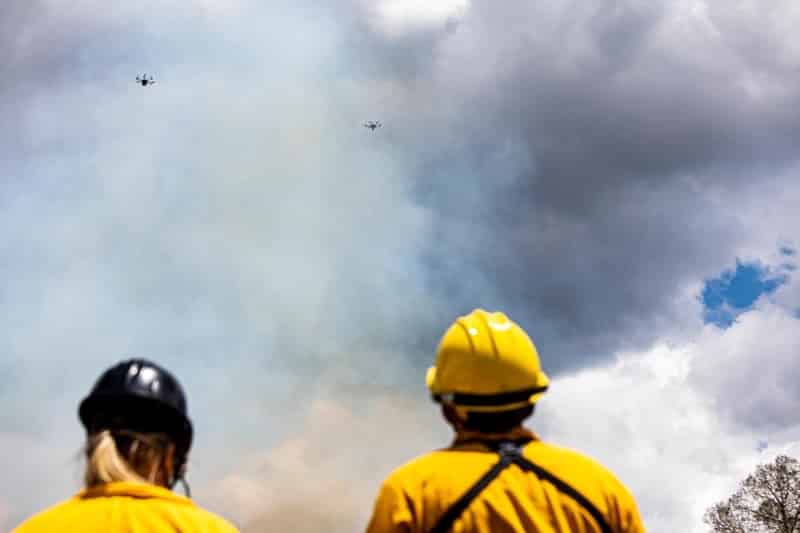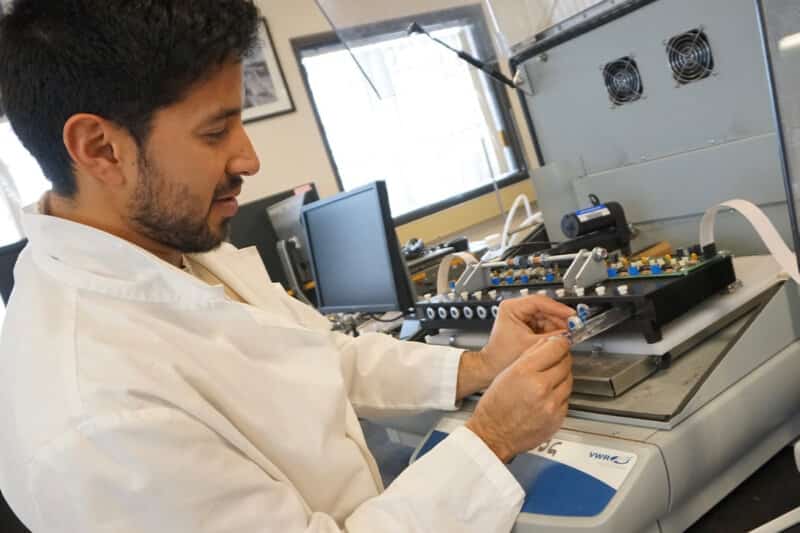Photo: Drone pilots look toward their aircraft flying through the smoke. Credit: DRI's Dave Vuono. Fire science research using drone technology at DRI “It was sort of like a deep-sea exploration, with a submarine scanning the ocean floor,” said DRI research technician...
Study provides new insight into how microbes process nitrogen
Reno, Nev. (Feb. 19, 2019): Microbes play a key role in Earth’s nitrogen cycle, helping to transform nitrogen gas from the atmosphere back and forth into organic forms of nitrogen that can be used by plants and animals. New research from the Desert Research Institute...

